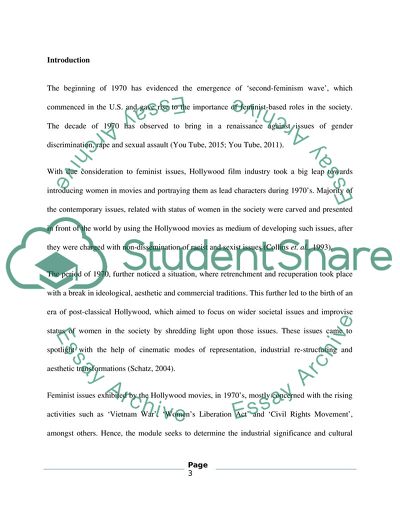Cite this document
(Hollywood in the 1970s Coursework Example | Topics and Well Written Essays - 2000 words, n.d.)
Hollywood in the 1970s Coursework Example | Topics and Well Written Essays - 2000 words. https://studentshare.org/visual-arts-film-studies/1865008-hollywood-in-the-1970s-choose-one-question-to-answer-from-below
Hollywood in the 1970s Coursework Example | Topics and Well Written Essays - 2000 words. https://studentshare.org/visual-arts-film-studies/1865008-hollywood-in-the-1970s-choose-one-question-to-answer-from-below
(Hollywood in the 1970s Coursework Example | Topics and Well Written Essays - 2000 Words)
Hollywood in the 1970s Coursework Example | Topics and Well Written Essays - 2000 Words. https://studentshare.org/visual-arts-film-studies/1865008-hollywood-in-the-1970s-choose-one-question-to-answer-from-below.
Hollywood in the 1970s Coursework Example | Topics and Well Written Essays - 2000 Words. https://studentshare.org/visual-arts-film-studies/1865008-hollywood-in-the-1970s-choose-one-question-to-answer-from-below.
“Hollywood in the 1970s Coursework Example | Topics and Well Written Essays - 2000 Words”. https://studentshare.org/visual-arts-film-studies/1865008-hollywood-in-the-1970s-choose-one-question-to-answer-from-below.


